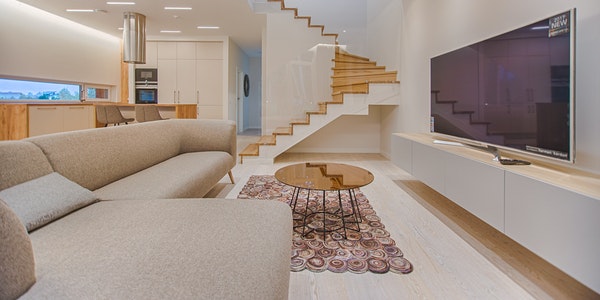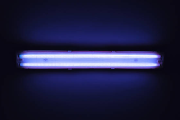Energy-saving Way of Indoor Lighting
- Reasonable choice of lighting fixtures
The main function of the lamp is to reasonably distribute the luminous flux of the light source to meet the light distribution requirements of the environment and operation, and does not produce glare and serious light curtain reflection. When choosing lamps, in addition to considering the ambient light distribution and limiting glare requirements, the efficiency of the lamps should also be considered, and high-efficiency lamps should be selected.
Among all kinds of lamps, fluorescent lamps are mainly used for indoor lighting, and mercury lamps and sodium lamps are used for outdoor lighting. The two can also be installed together for mixed lighting. In this way, the luminous efficiency is high, the power consumption is low, the light color is vivid, coordinated, and visually comfortable.
- Reasonable choice of illuminance and lighting method
The choice of illuminance is an important issue in lighting design. If the illuminance is too low, it will damage the eyesight of the staff and affect the product quality and production efficiency. Unreasonably high illuminance will waste electricity. The choice of illuminance must be compatible with the visual work performed. Factory lighting can be selected according to the TJ31-79 “Lighting Design Standards for Industrial Enterprises” promulgated by the country to select the illuminance and necessary lighting quality, taking into account the overall efficiency of the lighting system.
Under the condition of meeting the standard illuminance, in order to save power, three methods of general lighting, partial lighting and mixed lighting should be appropriately selected. When one light source cannot meet the color rendering requirements, a mixed lighting method of more than two light sources can be used , This not only improves the light efficiency, but also improves the color rendering.
In addition, making full use of natural light and choosing natural lighting correctly can also improve the working environment, make people feel comfortable, and benefit health. Making full use of the reflectivity of the indoor light-receiving surface can also effectively improve the utilization of light. For example, the reflection coefficient of a white wall can reach 70-80%, which can also save electricity.
- Strengthen the management of lighting power
Strengthening lighting power management is an important aspect of lighting power saving. Lighting power saving management mainly focuses on power saving publicity and education and the establishment and implementation of lighting power saving systems. Make people develop the habit of turning off the lights at will; install electric meters per household and implement metered fees; install electric metering devices in dormitories and limit electricity consumption, all of which can effectively reduce the electricity consumption of lighting.
When the bulb is dirty, its luminous flux may drop below 50% of the normal luminous flux. When the bulbs, lamps, glass, and walls are not clean, their reflectivity and light transmittance will also be greatly reduced. In order to ensure the luminous effect of the bulbs, the factory should regularly clean the bulbs, lamps and walls according to the lighting environment.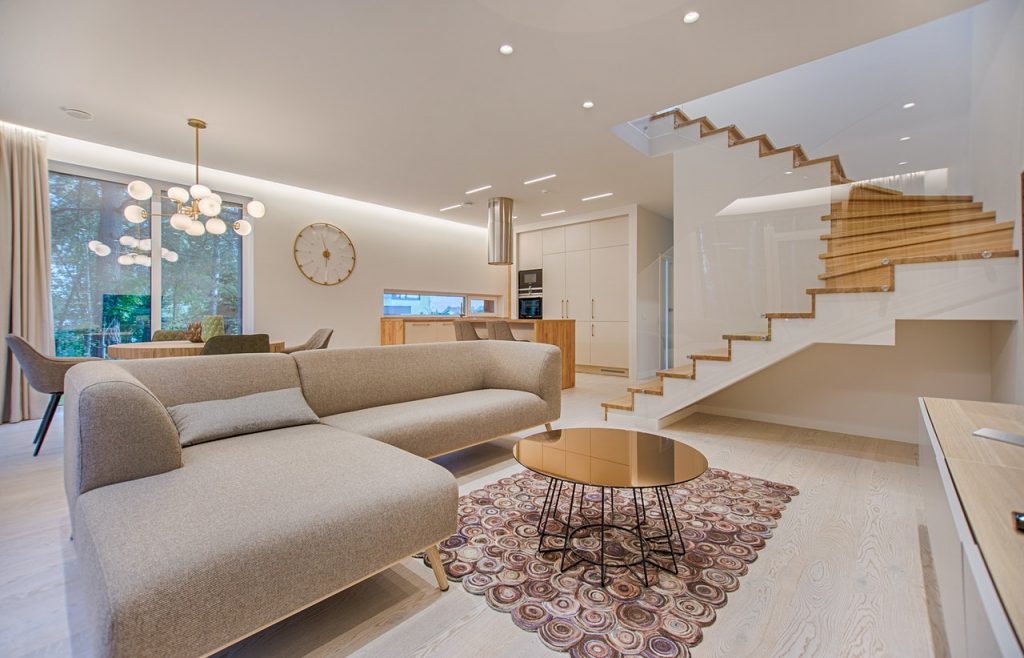
- Other lighting energy saving measures
The loss of the lighting circuit accounts for about 4% of the input power. The main factors affecting the loss of the lighting circuit are the power supply mode and the cross-sectional area of the wire. Most lighting voltages are 220V, and the lighting system can be powered by three ways: single-phase two-wire, two-phase three-wire, and three-phase four-wire. Three-phase four-wire power supply has much smaller line loss than other power supply methods. Therefore, the lighting system should use three-phase four-wire power supply as much as possible.
Classification of Indoor Lighting
According to the astigmatism of the lamps, the lighting lamps are divided into the following five categories:
- Direct lighting: all or more than 90% of the light source is directly projected onto the illuminated object. It is characterized by large brightness, giving people a bright and compact feeling.
- Semi-direct lighting: 60%—90% of the light source is directly projected on the illuminated object, of which 10%—40% is reflected and then projected on the object. Its brightness is still greater, but softer than direct lighting.
- Indirect lighting: the light source reaches the illuminated object. The amount of light is weak, the light is soft, there is no glare and obvious shadows, and it has a peaceful and peaceful atmosphere.
- Semi-indirect lighting: more than 60% of the light from the light source is reflected on the illuminated object, and only a small amount of light is directly directed to the illuminated object.
- Diffuse lighting: Use translucent frosted glass cover, milky white cover or special grille to diffuse light in multiple directions. The light is soft and has a good artistic effect. It is suitable for living rooms, conference rooms and some Large hall and hall lighting.
Lighting Serves the Living Room
The service is to use the art of light language to describe the very representative solid objects and the painting.
The visual objects of the modern living room are as large as the space, and as small as the ancient and modern ornaments on the bogus shelf, which can express the identity and quality of the owner. As far as the service target is concerned, it is very important to find the right target. It is true that if the room is full of objects to be observed, and if the designated objects are misplaced, it is equivalent to having no objects. Give people a sense of variety and hodgepodge, and service will become empty talk.
The folks have always said “bright hall and dark room”, but you don’t know the “relativity” in the art of lighting. As we all know, just because the hall is larger than the room, there is the so-called difference between the hall and the room. If “light” and “darkness” are discarded, who else is sure that the hall must be larger than the room? This is probably because the light serves the hall that may be smaller than the room.
The modeling of the characters on the stage and the artistic use of light environment in the set are amazing. The contrast between the light halo and the low brightness (even darkness) of the background makes the director’s “object” silently written on the center, the protagonist, and the important person. Imagine if these are not on the stage, but the antiques, ornaments, and furniture that happened in the living room? If not the setting in the play, but the precious calligraphy and painting on the wall? How will all this be explained!
Antiques, ornaments, and furniture adorn the living room, and lighting adds color to these objects in the living room.
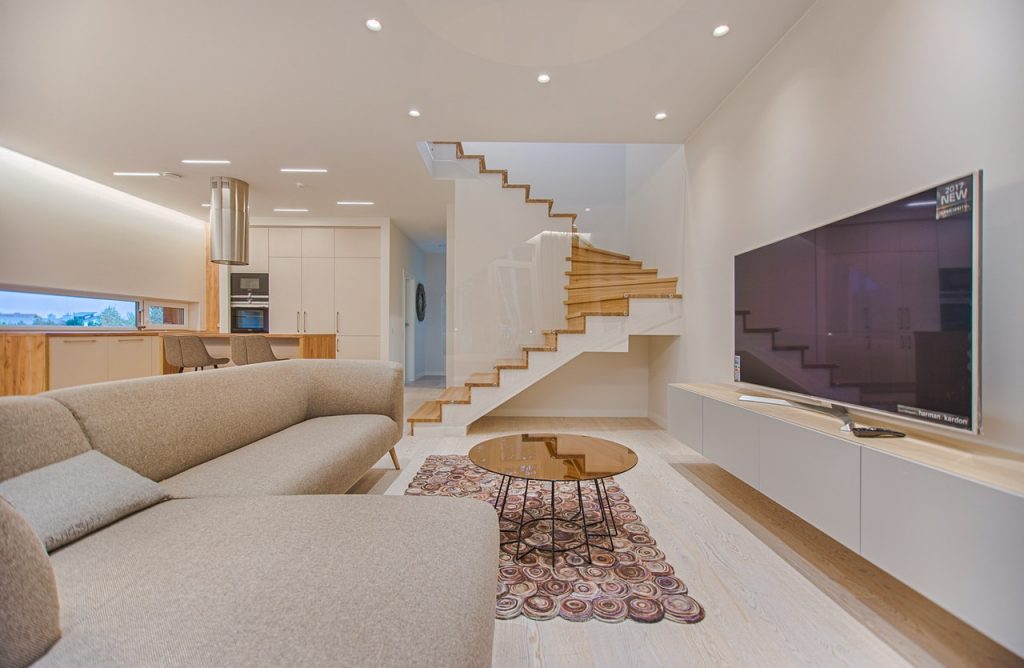
A good living room environment symbolizes the affinity, coordination and smoothness of internal factors. The light is not only an environmental factor, but also a medium and bridge for communication among other factors.
Lighting serves the environment to coordinate the relationship between people and the environment, so the coordination of light quality is emphasized.
The first point is vision. It is necessary to use the color rendering characteristics of different light sources to correctly, mislead, and strengthen the color judgment of the environment. Such as incandescent lamps and halogen tungsten lamps, can enhance the warm colors of red, orange, yellow and other ornaments, and make them more vivid. But it can also mislead almost all light and cool colors, making them darker and grayish. Another example is daylight fluorescent lamps that can dilute warm colors such as red, orange, and yellow, making light colors and yellows slightly yellow-green, and can also make cool colors gray, but can strengthen the green components.
The second point is artistic conception. The area is more than 30 square meters, or the length is more than 7 meters, or the interval between the living room and the dining room formed by the grille or the Bogu shelf, etc. It can create a profound, unpredictable, private and quiet artistic conception by the brightness contrast between near and far. Residing in it may be able to feel a different taste.
The third point is fluency. The light-emitting ceiling, sound and light dynamic murals, and the organic combination of potted plants and flowers form a smooth, harmonious and natural view, making people living in the metropolis seem to be in the vast nature that has long been expected.
The coincidence of warm and cold lighting and the organic combination of creative furnishings make the room more modern.
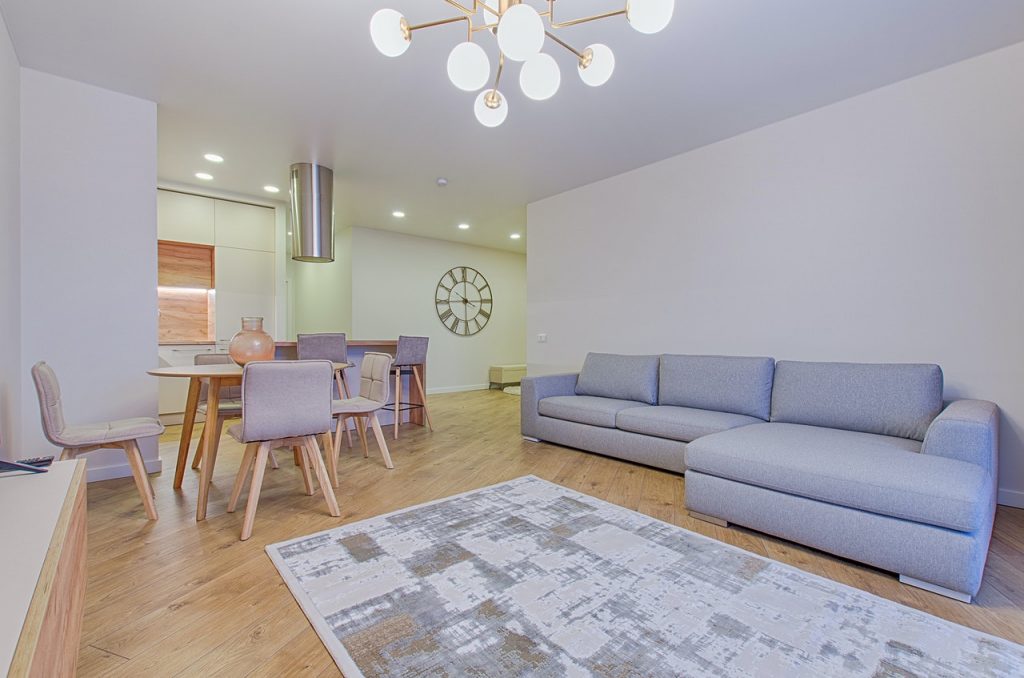
15 Suggestions for Architectural Lighting Design
Lighting design is an important part of architecture and decoration design, and it is also an important means to add “light” to the building. The most important task of lighting design is to modify and beautify buildings based on the visual needs of consumers, with the ingenious movement of light and shadow, to create a beautiful and comfortable visual environment for people.
The following are 15 suggestions for lighting design:
- In architectural lighting, artificial lighting is as important as daylight.
- Daylight can be supplemented by artificial lighting. Artificial lighting can not only supplement the lack of daylight, but also create an atmosphere completely different from the effect of daylight.
- Reasonably select the light source according to the requirements of lighting quality. Incandescent lamps and halogen tungsten lamps are used in situations where there are high requirements for brightness, color, quality, and dimming performance. Compact fluorescent lamps and high-intensity discharge light sources are used in situations where energy saving and maintenance are reduced.
- Electronic transformers and electronic squeezers can increase the life of the light source and reduce energy consumption.
- Every lighting project should have a certain maintenance plan, such as regular replacement, elimination or cleaning of the luminaire.
- The function of the luminaire is equivalent to the door and window, and it is an integral part of the building that cannot be ignored, not a certain decoration of the interior design.
- An important factor in judging the quality of a luminaire is the combination of its functionality, the maximum visual comfort it can achieve, and its best lighting efficiency.
- As a detail in the building structure, lighting should be chosen very carefully
- When arranging luminaires, functional and architectural design requirements should be considered.
- Daylighting and lighting design is an integral part of the architectural concept.
- When lighting wiring, the different functions of the room should be considered.
- When designing the lighting conditions of a working environment, the best visual comfort should be considered.
- The brightness of the environment can be achieved by the facade lighting of the wall or the indirect lighting of the ceiling.
- Accent lighting can arouse people’s interest in a certain point and help people experience the environment in a space.
- In order to reduce energy consumption, natural lighting and artificial lighting in the work area should be combined.

